As head of the Chernihiv Regional Military Administration, Dmytro Bryzhynskyi was assigned to defend the district against Russian advances towards Ukraine’s capital Kyiv.
"It is scary,” began Bryzhynskyi, recalling his moments on the frontline.
“There are moments you want to abandon everything, to leave everything and just run away.
“But you realise it is your duty and you have subordinates watching you," he told a group of visiting journalists hosted by the Ukraine Crisis Media Centre.
Chernihiv district, in northern Ukraine, borders Belarus and Russia.
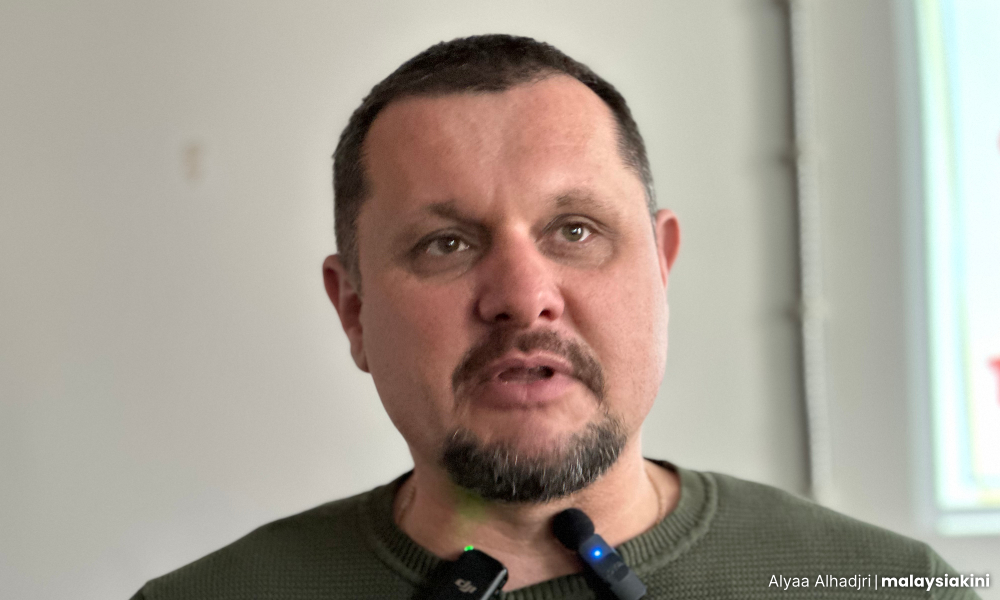
At the start of the war, Russian forces partially occupied the area - taking over homes and planting over 80,000 land mines, all while launching full-scale aerial and land attacks.
For 27 days beginning March 3, 2022, Russian soldiers also forced 368 villagers from the village of Yahidne, Chernihiv, into the basement of a two-storey school building, to be used as human shields against the Ukrainian army.
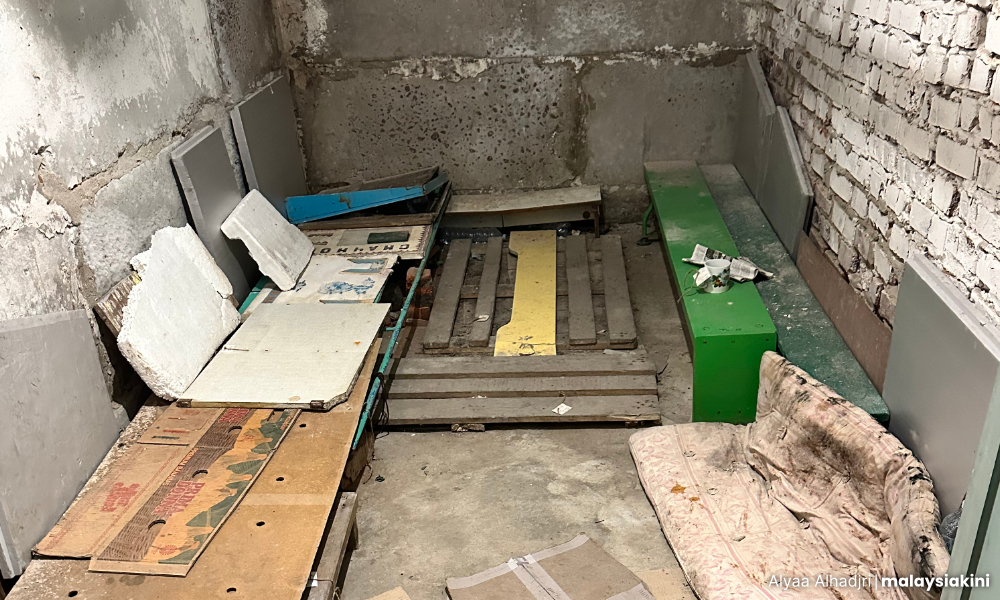
The oldest villager was 92 years old, while the youngest was only 18 months old. Both survived but at least 25 others died due to starvation, illnesses and at the hands of their Russian captors.
A bright green door led to the basement steps towards the school’s sports hall - a total area of about 190 square metres. The building opened in 1995 and was used to accommodate students from kindergarten to ninth grade.
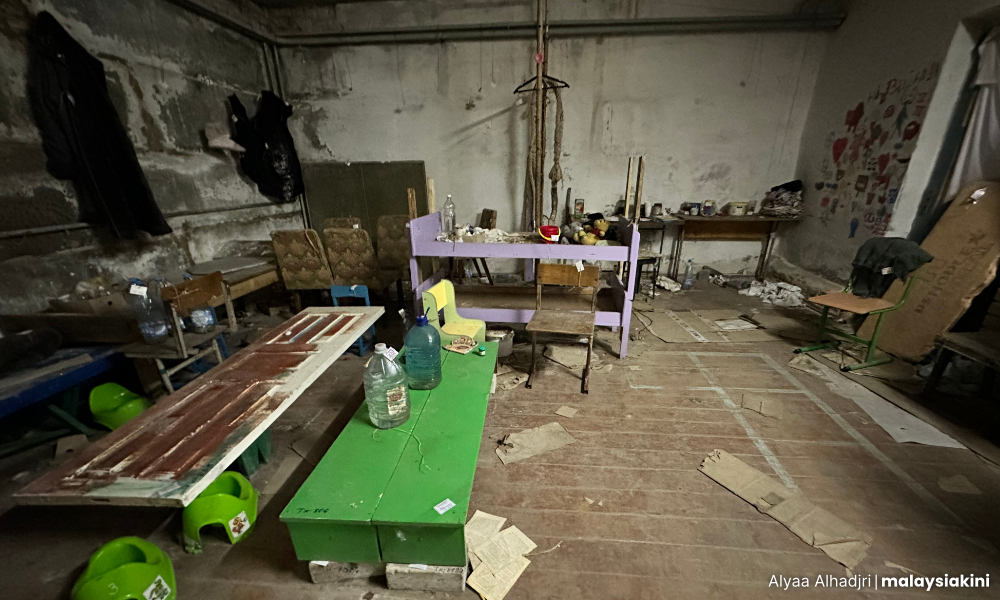
Now, the largest room has to be shared by over 100 people, including 64-year-old Ivan Polhuy and three of his family members.
“Because there’s a lack of food, lack of air, people begin to fall ill and die.
“Before they died, they lost their minds.
"Some furniture from kindergarten remains,” he said, showing small wooden desks painted purple.
“The Russian threw it away, but we asked to take it to make improvised beds for children.”
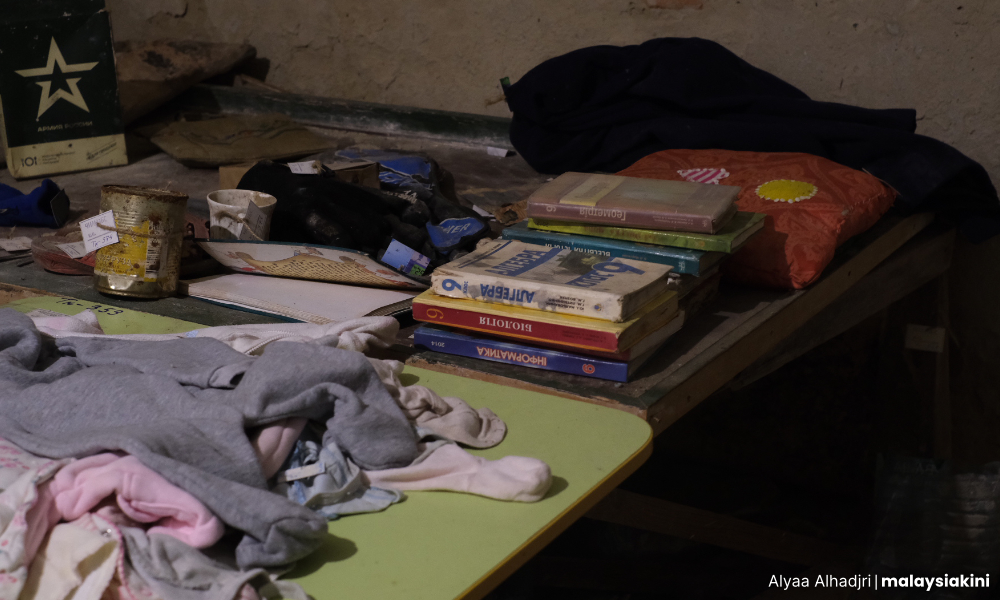
Aside from the classroom, there were two other smaller rooms in the basement, but Polhuy said there were also those forced to remain outside in the narrow corridor.
Russian propaganda
Beyond physical torture, Polhuy said Russian soldiers attempted to influence their minds with false propaganda of success in capturing Chernihiv and Kharkiv, Ukraine’s second-largest city located 40km from the Russian border.
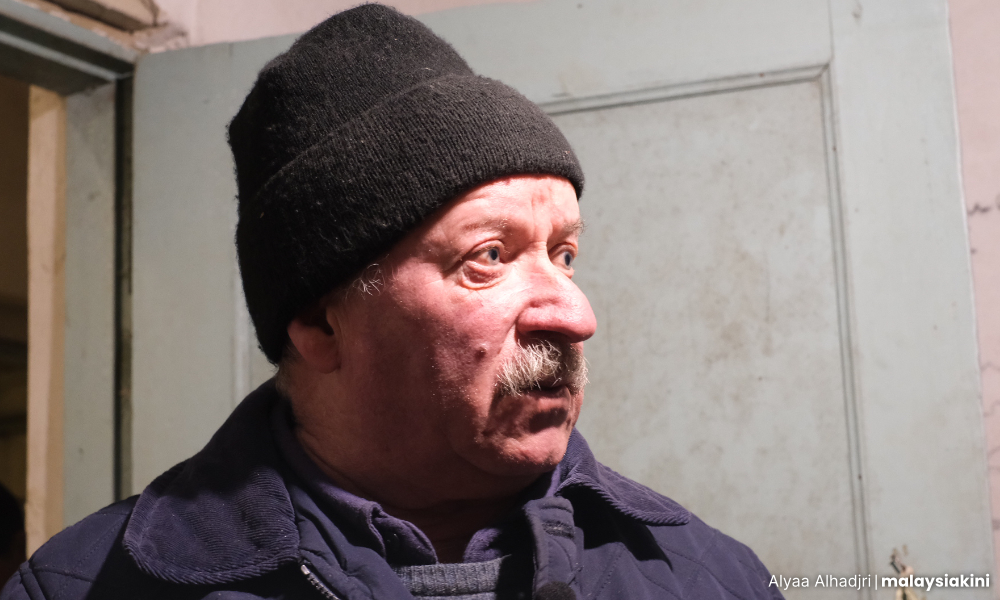
“We never believed them,” stressed Polhuy.
While in captivity, the villagers marked the passing days and death tolls on the walls and on a door.
A portion of the Ukrainian anthem was scribbled on one wall, while the children told their stories through scribblings on another wall.
"Rockets were flying outside…,” he said, referring to a charcoal drawing of stars and comets.
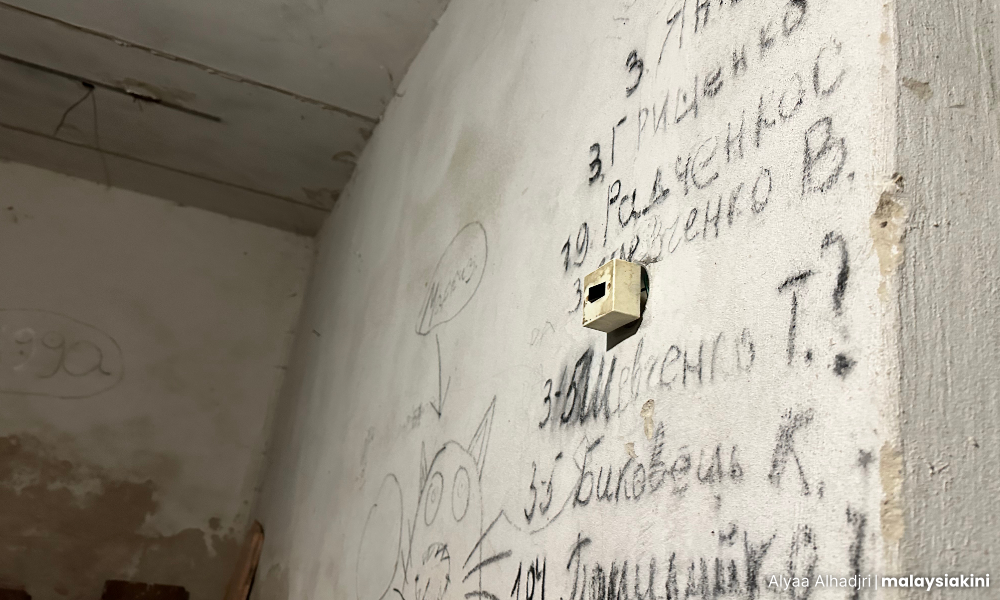
With no ventilation, Polhuy recalled how there was very little fresh air, and it was difficult for those in captivity to even keep their clothes on due to the heat with so many bodies in close proximity to each other.
“The Russians did not give us any food,” he said, revealing that they survived on minimal amounts of cabbages and potatoes from their homes.
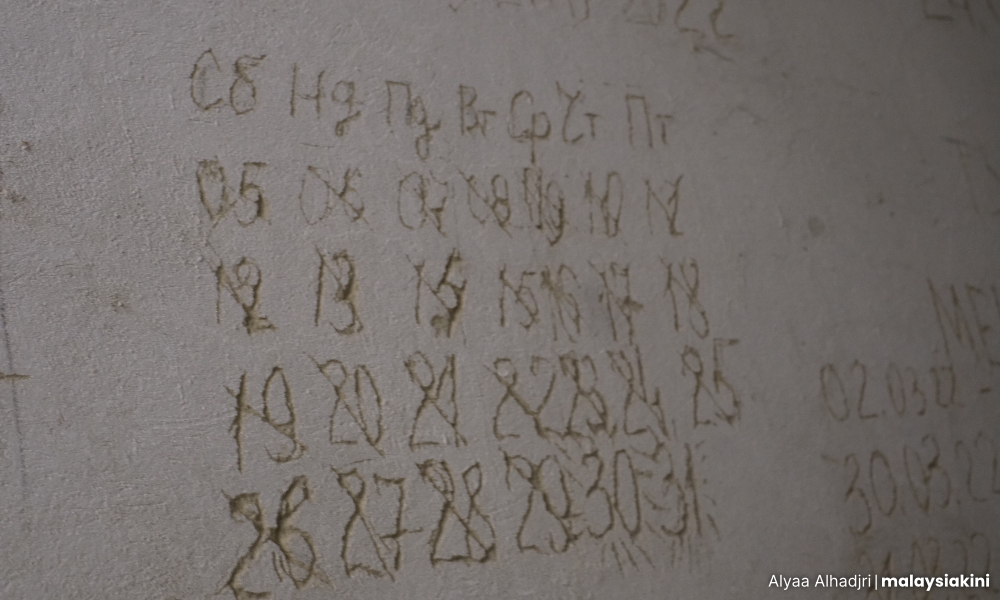
They were eventually freed on March 31, 2022, after the arrival of Ukrainian troops.
Remnants of their time in captivity are now left as part of a permanent exhibition, two years on, and most of the villagers have returned to their homes that were rebuilt with assistance from volunteers.
Physical destruction
In another part of Chernihiv, near Krasna Square in the city centre, a massive crater can be seen within the compound of a pre-World War II building that was converted into a cinema and regional youth centre.
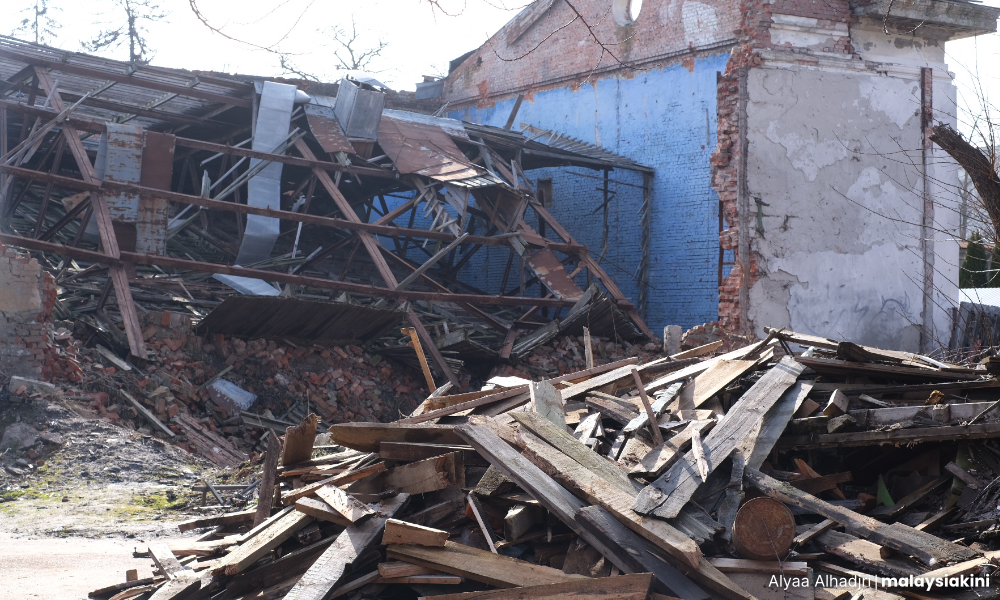
The building itself was also destroyed by a Russian missile that struck on Feb 27, 2022, said Irina Simonova, director of the Chernihiv Regional Youth Centre.
“Luckily no one was around. The rocket was fired seven minutes after the last person left,” Simonova said.
“Before the Covid-19 pandemic, the centre attracted some 25,000 annual visitors, with over 1,000 events a year,” she said, adding that she was away on that fateful day, already joining evacuation efforts in other affected areas.
More than the physical destruction of war, Simonova lost her son in battle six months ago, while her husband, also a soldier, now suffered a permanent physical injury.

For now, she said the youth centre continues its work in three temporary locations, offering programmes including non-formal education and entrepreneurship.
Chernihiv regional authorities estimated that ongoing reconstruction of the youth centre will require an estimated cost of US$5 million dollars, partly funded through donations from foreign governments.
Civilians turned soldiers
The youth centre is just one of 145 educational institutions destroyed in the region, but 118 have since been completely or partially reconstructed.
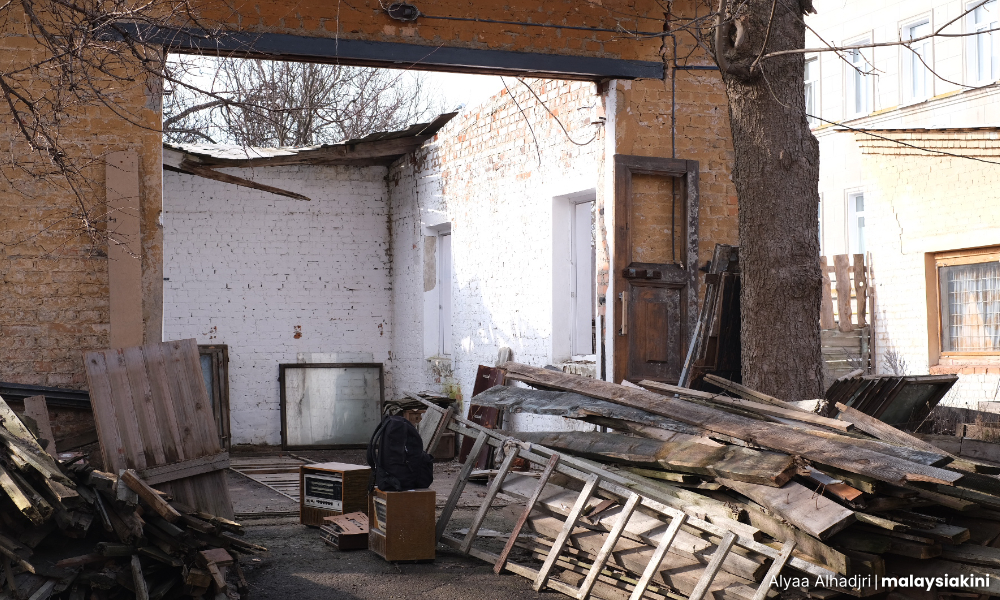
According to local government figures, other damages include 1,107km of highways and 38 bridges; 10,188 residential homes and 1154 high-rise buildings; as well as more than 1,200 objects.
Reconstruction efforts are ongoing but local authorities indicated that work has yet to start on certain infrastructures at risk of being targeted.
The area has also recorded 683 civilian deaths from military aggression.
As for the soldiers, Bryzhynskyi said the troops defending Chernihiv included over 2,000 ordinary civilians who volunteered to be enlisted, and they were trained to take up arms.
He admitted feelings of fear are inescapable and most felt in the moments leading up to a command to launch an attack against Russian forces.
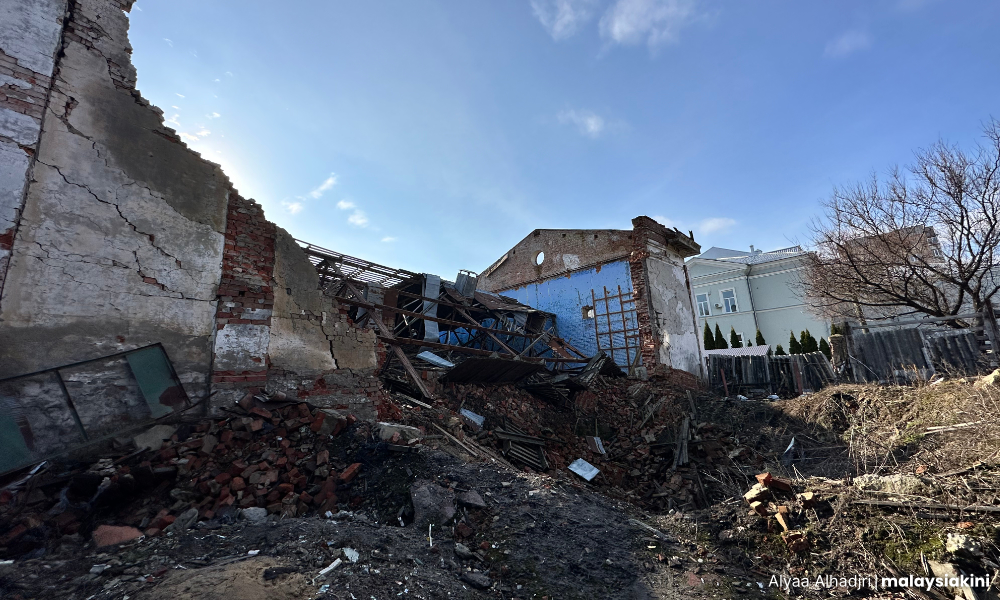
"When the order has been received, feelings of fear will disappear,” he said.
On Monday, for the first time, Ukraine’s president Volodymyr Zelenskyy revealed that 31,000 Ukrainian soldiers have been killed since the war started. - Mkini




No comments:
Post a Comment
Note: Only a member of this blog may post a comment.